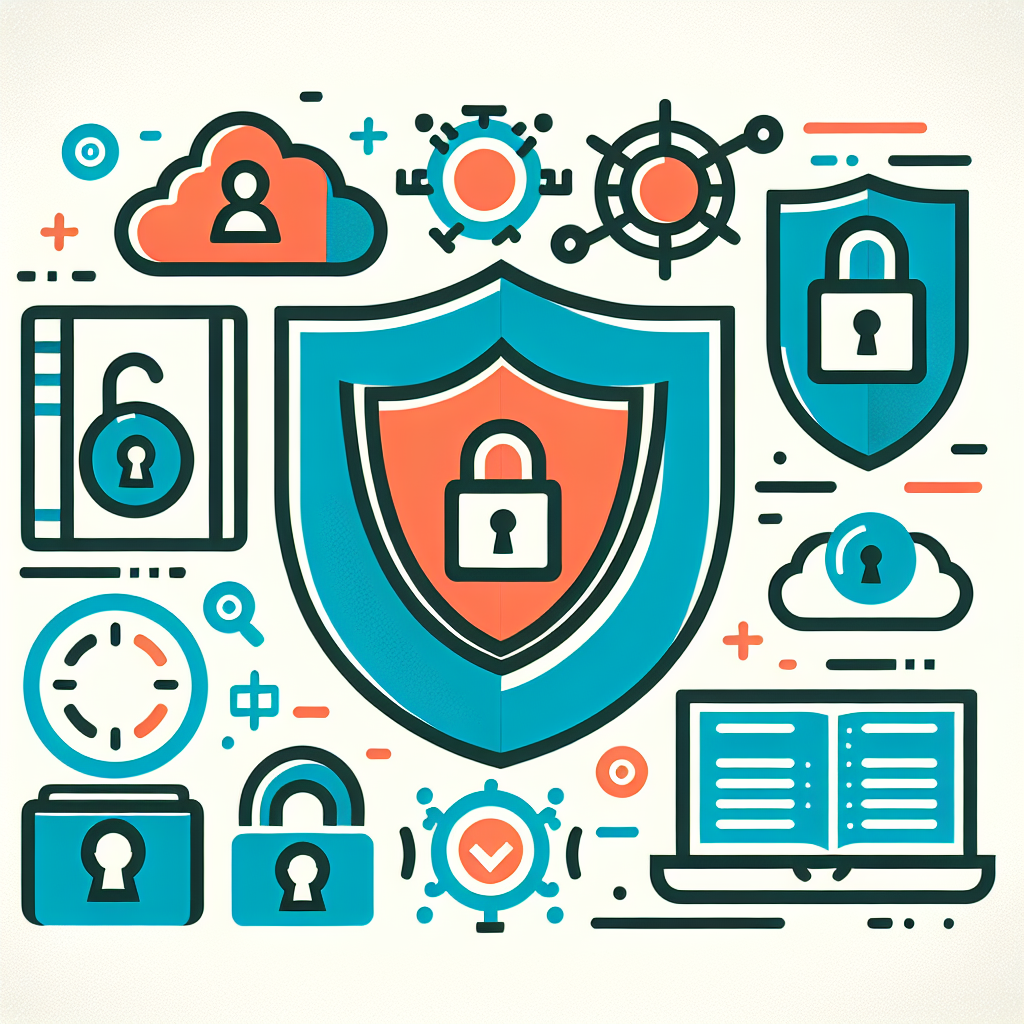
Educational institutions hold a treasure trove of personal data, making them prime targets for cyber threats. Below, we break down real‑world incidents and give actionable advice you can implement today.

Schools store large volumes of personally identifiable information (PII) for students, staff, and alumni, plus financial data for tuition and grants. This data is valuable on the black market, and the often‑distributed nature of campus networks makes them easier to infiltrate. Many institutions also lack robust IT budgets, leaving gaps in patching and monitoring. Attackers exploit these weaknesses to steal data, demand ransom, or launch phishing campaigns. Implementing layered security can dramatically reduce exposure.
In June 2022, attackers sent phishing emails with Trojan‑laden attachments to faculty and students. The university’s proactive security program caught the malicious messages early, preventing data loss. Regular security awareness training and frequent phishing simulations helped staff spot the threat. However, the institution still lacked a DKIM record and operated a DMARC policy of p=none, leaving room for improvement. Adding DKIM and enforcing a stricter DMARC policy (p=reject) would further harden the domain.
Start by deploying the three‑step email authentication suite: SPF, DKIM, and DMARC. Use Palisade’s email security score tool to audit your domain and receive a step‑by‑step remediation plan. Conduct quarterly phishing simulations and provide real‑time feedback to users. Enable DMARC reporting to monitor spoofed attempts and adjust policies as you gain confidence. Combine these technical controls with regular user education for a robust shield.
In February 2020, the district fell victim to the Ryuk ransomware for the second time that year, crippling internet, phone, and email services across 24 schools. Although student and personnel records remained intact, the district had to rebuild its email environment from scratch. The incident highlighted the danger of unpatched systems and the lack of network segmentation. After the attack, the district implemented SPF and DKIM but kept DMARC at p=none, limiting its protective power.
Ransomware can shut down email, VoIP, and learning management systems, disrupting daily operations and remote learning. To mitigate risk, maintain up‑to‑date backups stored offline, enforce least‑privilege access, and segment critical networks from general user traffic. Deploy endpoint detection and response (EDR) solutions that can isolate infected machines quickly. Regularly test your disaster‑recovery plan to ensure rapid restoration.
Post‑attack, Gadsden added SPF and DKIM records, which verify that only authorized servers can send email on its behalf. However, the DMARC policy remained in monitoring mode (p=none), meaning spoofed messages were still delivered. Elevating DMARC to p=quarantine or p=reject would instruct receiving servers to block or isolate unauthenticated mail, dramatically reducing phishing success.
In 2022, a staff member’s compromised credentials gave attackers access to a third‑party SMS platform used for student notifications. The attackers then launched a smishing (SMS phishing) campaign targeting 10,000 students, tricking them into providing payment details to release a fake parcel. Additionally, personal data for nearly 47,000 current and former students was exposed. The breach underscores the danger of single‑point credential failures and the need for multi‑factor authentication (MFA) on all privileged accounts.
Educate students and staff to verify unexpected SMS messages, especially those requesting personal or financial information. Deploy mobile threat defense solutions that can flag suspicious links. Enforce MFA for any system that can be accessed via a phone number, reducing the impact of credential theft. Regularly audit third‑party vendors for security compliance and enforce contractual security standards.
The three‑pillar framework consists of SPF (Sender Policy Framework), DKIM (DomainKeys Identified Mail), and DMARC (Domain‑based Message Authentication, Reporting & Compliance). SPF lists authorized sending IPs, DKIM adds a cryptographic signature to each message, and DMARC tells receivers how to handle failures and provides reporting. Palisade’s SPF checker, DKIM validator, and BIMI viewer make implementation straightforward.
DMARC builds on SPF and DKIM to give domain owners visibility into who is sending email on their behalf. By publishing a DMARC record, schools receive aggregate reports that reveal spoofing attempts, enabling rapid response. When set to p=reject, DMARC instructs receiving servers to discard unauthenticated messages, effectively blocking phishing and ransomware delivery vectors.
BIMI (Brand Indicators for Message Identification) lets verified brands display their logo next to authenticated emails, boosting recipient trust. For schools, a visible logo signals legitimacy, reducing the likelihood that students click malicious links. Implementing BIMI requires a DMARC policy of at least p=quarantine and a verified logo file, which Palisade can help you set up.
Use continuous monitoring tools that aggregate DMARC reports, flag misconfigurations, and provide remediation steps. Palisade offers a free email security score that grades your domain on SPF, DKIM, DMARC, and BIMI compliance. Schedule quarterly reviews, adjust policies based on report trends, and test changes in a sandbox environment before going live.
Develop a documented incident‑response plan that defines roles, communication channels, and escalation procedures. Conduct tabletop exercises each semester to keep the team prepared. Ensure backups are stored offline and test restoration regularly. After an incident, perform a root‑cause analysis, update security controls, and notify affected individuals per regulatory requirements.
Palisade provides an all‑in‑one platform for configuring SPF, DKIM, DMARC, and BIMI, complete with automated monitoring and actionable alerts. Our dashboard visualizes threats in real time, making it easy for IT teams to prioritize fixes. Sign up for a free trial to start securing your domain today.
Visit Palisade’s domain scanner to run a quick health check. The tool returns a detailed report on SPF, DKIM, DMARC, and BIMI status, along with step‑by‑step guidance to reach full compliance.
p=reject) quickly.